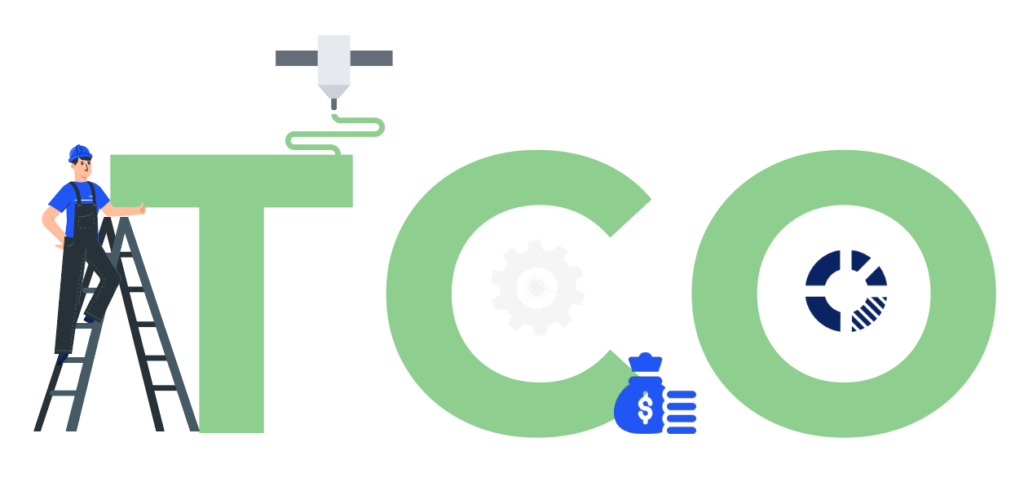Additive manufacturing to reduce costs?
Additive manufacturing to reduce costs?
It’s not uncommon to read or hear that additive manufacturing allows you to reduce your costs. But is this really the case? Well, it does… And… it doesn’t.
Cost reduction in additive manufacturing can be achieved at various levels, and more or less directly.
It can be illustrated by a reduction in production costs. This can be achieved by improving the geometry of parts and their quality. For example by reducing their weight and thus the amount of raw material required. By putting the material where it is really needed, yes you could save money. This is also called topological optimization. For further information, click here.
Note that in order to optimize the use of material when creating your parts, it is necessary to think about it during designing it, because it can imply some modifications on your part.
It is also important to note that additive manufacturing will not necessarily cost you less than traditional manufacturing. In fact, this is where you realize the indirect savings that additive manufacturing can bring you.
Let’s look at this point: in the context of research and development projects and functional prototyping that are achieved more quickly. Yes, there will be a lead time reduction and therefore indirectly a financial gain. Why, or rather how? Because between your first and your second prototype, AM will allow you to save time by producing your parts faster (no tooling to develop and produce for example). We can say that the time saving in your development loop is a financial gain because you will reduce labor costs.
Finally, let’s look at a sector well known for its use of additive manufacturing: the aerospace sector. And let’s talk about TCO!

TCO or Total Cost Ownership is a financial estimate designed to help us determine the direct and indirect costs of a product.
In other words, it means going from the design to the end of life of my product, and estimating how much it will cost me at each step. So this is where additive manufacturing makes sense. Yes, additive manufacturing may cost me more than traditional manufacturing during production, so no, I wouldn’t save money directly by using this technology. BUT, if I look at the long term I would save money because additive manufacturing still have brought me significant benefits. So, YES, I would save money by using additive manufacturing.
Let’s take an example that we find particularly interesting, in the aeronautics sector with the manufacturing of aircraft seat buckles. Traditionally manufactured, the buckles weigh between 155g (steel) and 120g (aluminium) each. With additive manufacturing and the use of titanium in DMLS (Direct Metal Laser Sintering) the weight is reduced to 68g. This represents a saving of 87g per loop. We let you imagine the weight saving by multiplying it by the number of seats in a plane, like an A380 !
By reducing the weight to be carried by the plane, I reduce the amount of fuel I would need to make a trip. So this is where my saving is made, and it must not to be neglected!!! To learn more about this example you can take a look at this rather complete article on the subject.

As you will have understood, additive manufacturing can help you reduce certain costs and help you gain financial money in the long term. Each product is unique and must be studied on a case-by-case basis, but it is important not to neglect long-term strategies, which may be the key to a better performance!
